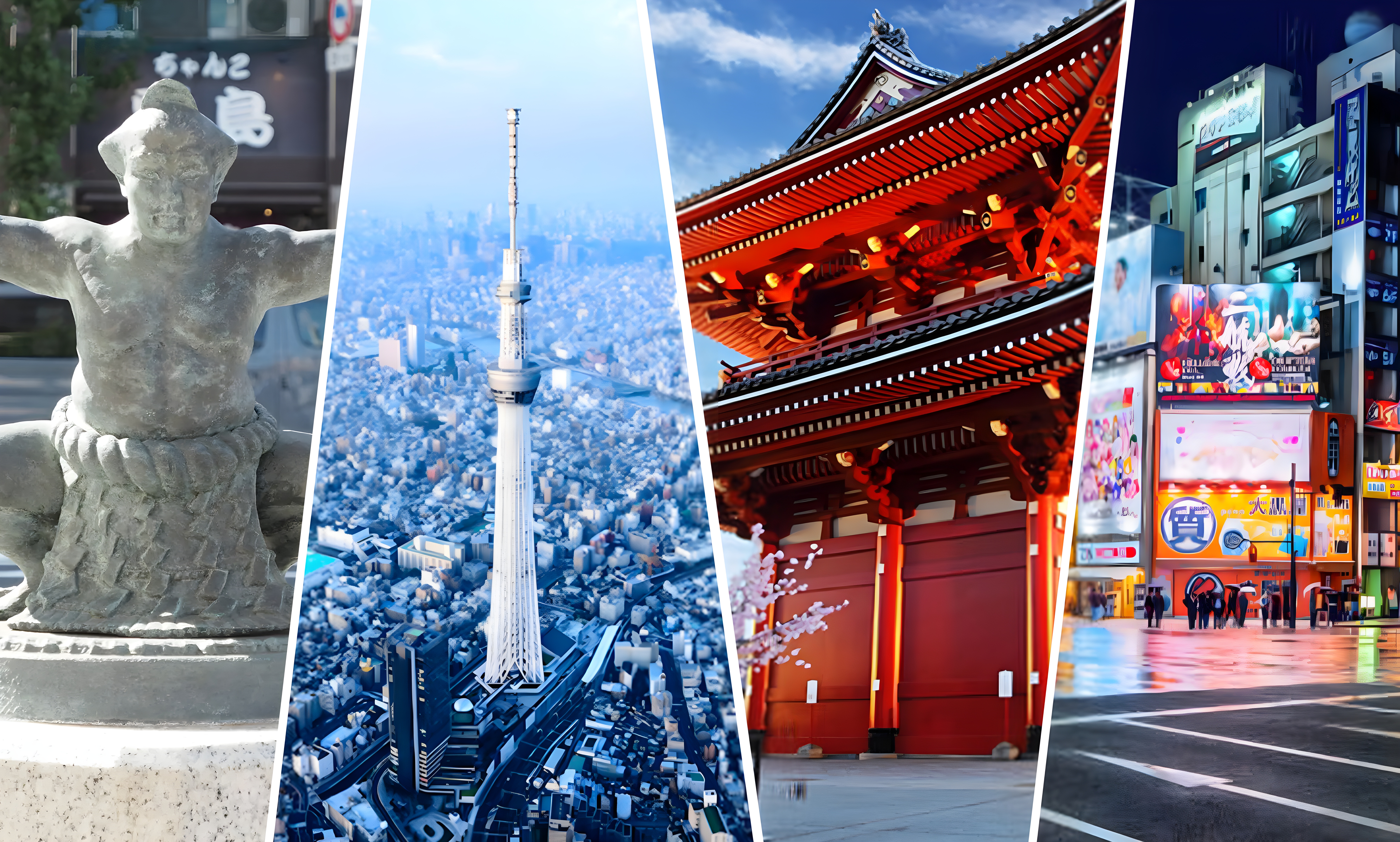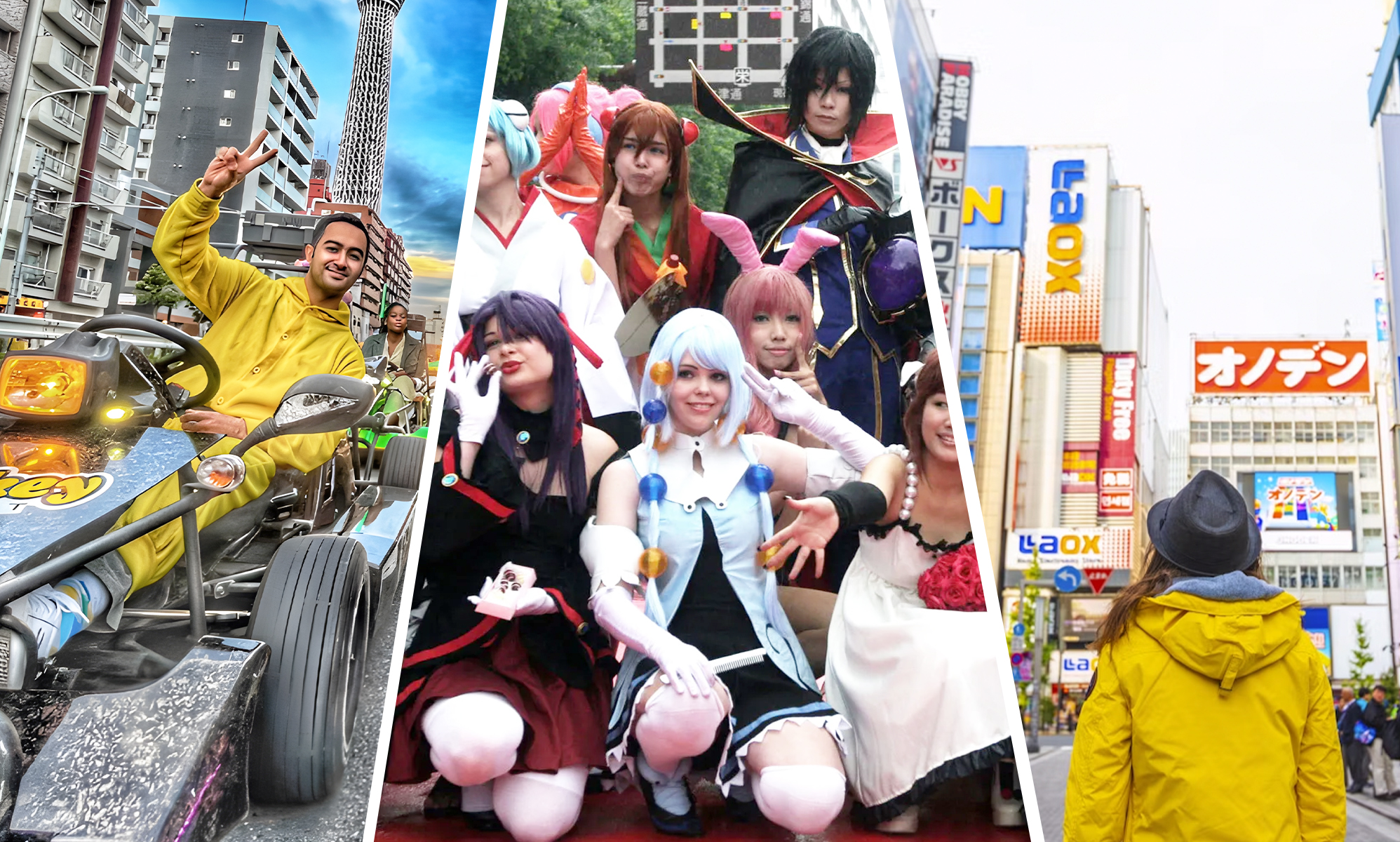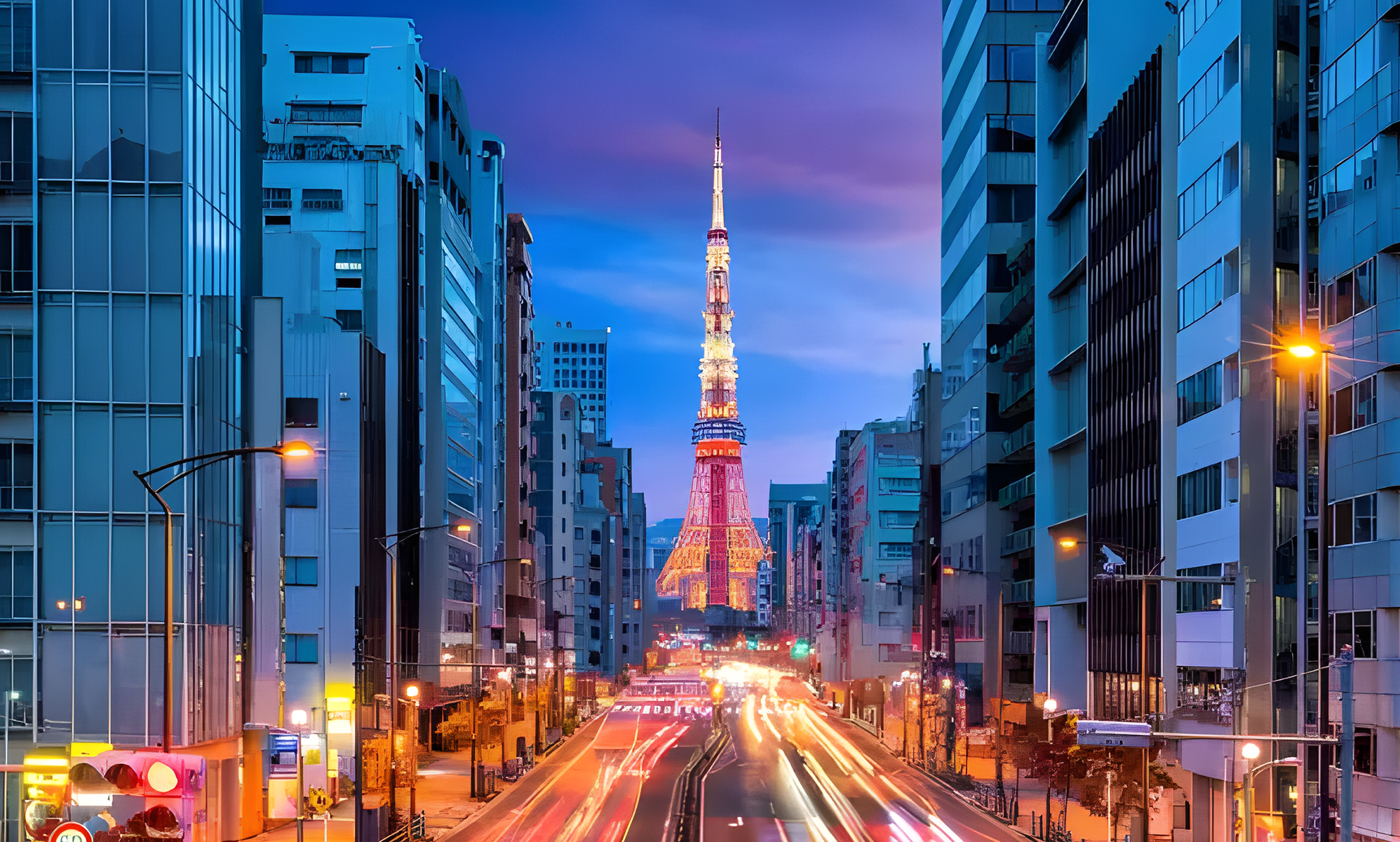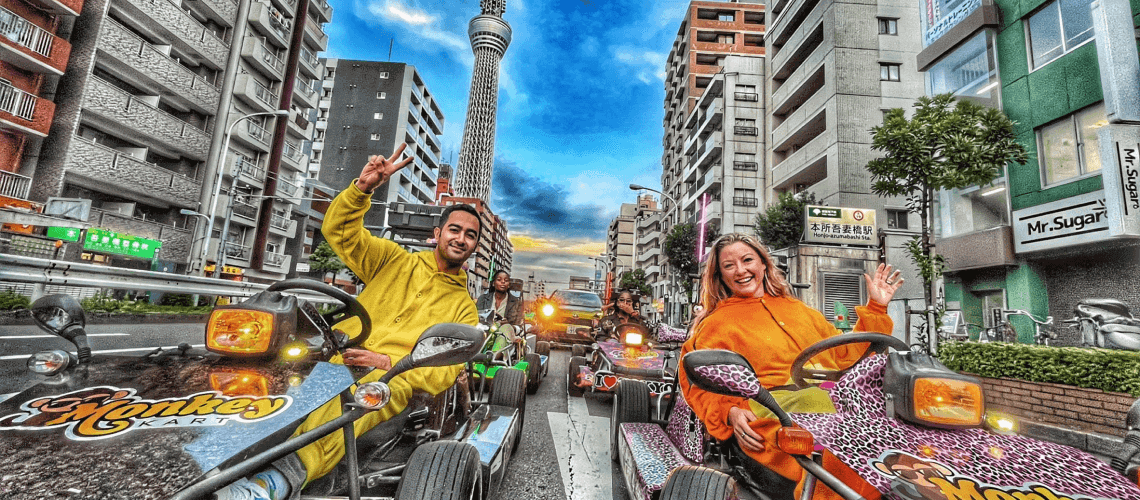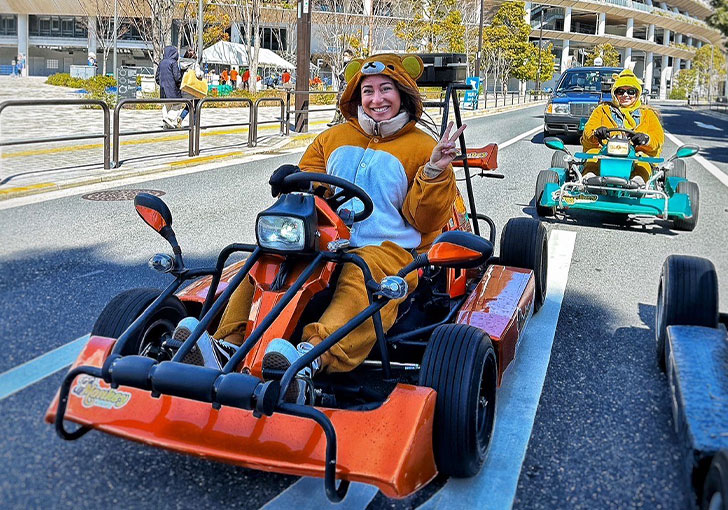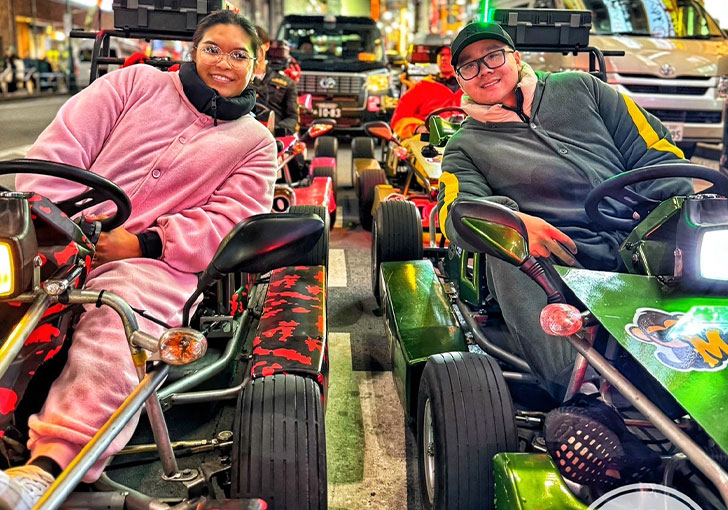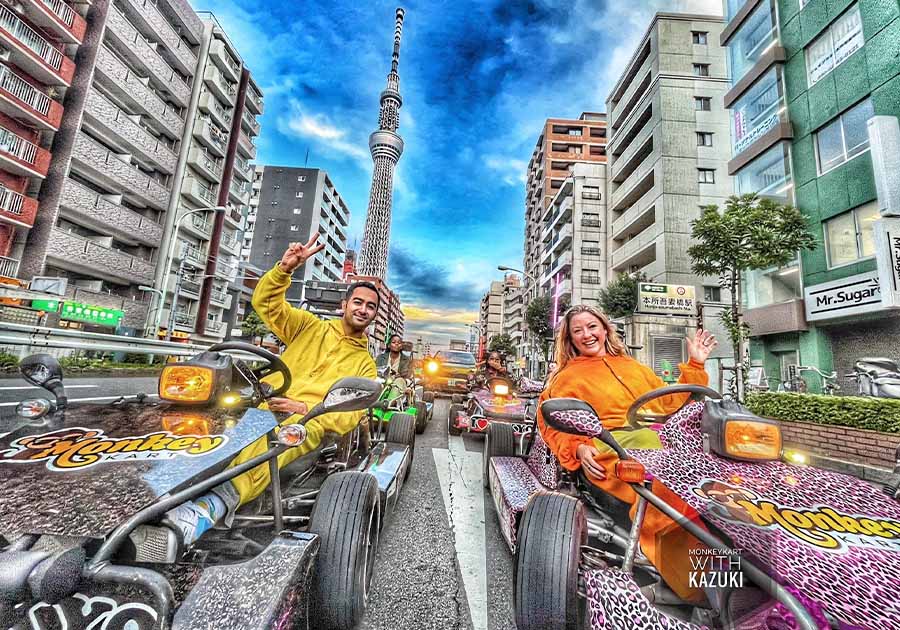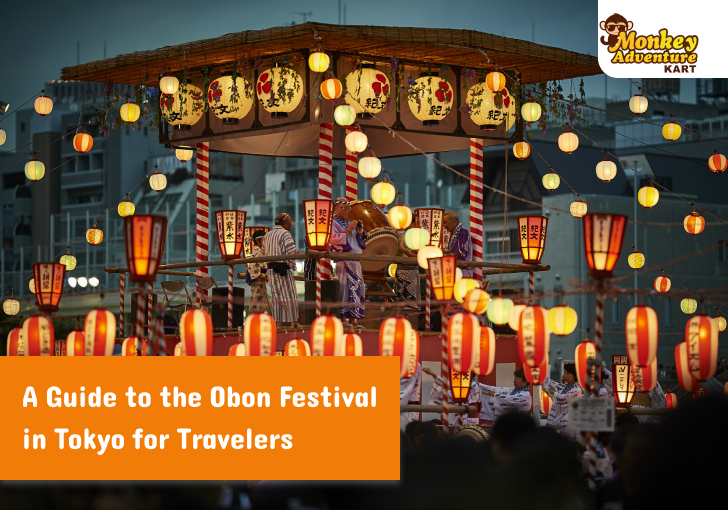
A Guide to the Obon Festival in Tokyo for Travelers
In the heart of August, a unique and palpable atmosphere settles over Tokyo. While the summer heat remains, the city's usual frenetic pace softens, replaced by a sense of quiet reflection and deep-rooted tradition. This special period is Obon, one of Japan's most important cultural and spiritual observances. For a traveler, being in the city during the Obon festival in Tokyo is a rare opportunity to witness the profound connection Japanese people have with their families, their ancestors, and their history.
But what exactly is Obon? And how can you, as a visitor, experience this beautiful event in a way that is both meaningful and respectful? This guide will walk you through the customs of Obon, what you can expect to see in Tokyo, and how a mindful street go kart tour can offer a unique perspective on the city's spirit during this cherished time.
What is Obon in Japan? Understanding a Cherished Tradition
Obon is a Japanese Buddhist tradition that fundamentally honors the spirits of one's ancestors. It’s believed that during this period, typically around the 15th of August, the spirits of the deceased return to the world of the living to visit their relatives. It's a time for family reunions, for remembering loved ones, and for paying respects. Think of it as a spiritual family homecoming that blends solemn remembrance with joyous celebration.
While Obon is celebrated throughout the country, it's not a national holiday, but many companies give employees time off, making it one of the three biggest holiday seasons in Japan. It’s a cornerstone of Japanese summer traditions, a practice that has been passed down for centuries and remains deeply embedded in the cultural fabric of the nation.
Key Traditions and Celebrations of Tokyo's Obon Festival
The customs of Obon are rich with symbolism and beautiful rituals designed to welcome, entertain, and finally, send off the ancestral spirits. While some of these are more prominent in rural areas where families have lived for generations, you can still see many of these traditions playing out across Tokyo.
Mukaebi (迎え火): The Welcoming Fires
The first day of Obon begins with mukaebi, or "welcoming fires." Families will hang paper lanterns, known as chochin, at their homes, often decorated with the family crest. Some will also light small bonfires outside their houses to guide the spirits and ensure they can find their way home without getting lost. Seeing these warm, glowing lanterns appear in front of homes and shops is one of the first signs that Obon has begun.
Ohaka Mairi (お墓参り): Visiting the Ancestors
A core component of Obon is ohaka mairi, which involves visiting and tidying family graves. Families will travel to their local cemeteries, carefully wash the gravestones, offer fresh flowers and incense, and say prayers for their ancestors. As a traveler, you may notice cemeteries are particularly busy during this time, with families coming together to perform this important act of remembrance.
Bon Odori: A Dance of Joy for the Soul
Perhaps the most visible and accessible part of Obon for visitors is the Bon Odori, or Obon dance. These are lively community gatherings, typically held in the evenings on the grounds of temples, shrines, or in local parks. A special high wooden stage called a yagura is often erected in the center, with musicians playing traditional music.
Dancers in colorful yukata (light summer kimono) form a circle around the yagura, performing simple, repetitive dances. The purpose of the dance is to welcome and entertain the ancestral spirits. The wonderful thing about Bon Odori is that everyone is welcome. The dances are easy to learn, and locals are often delighted to see visitors join the circle. This a fantastic opportunity to immerse yourself in the communal essence of Obon, and among Tokyo's most lively August events.
Okuribi (送り火) and Toro Nagashi (灯籠流し): Guiding the Spirits Back
On the last day of Obon, the time comes to guide the spirits back to their world. This is done with okuribi, or "sending-off fires," which mirror the welcoming fires at the start. Another beautiful ceremony is toro nagashi, where paper lanterns are lit with a candle and floated down a river, symbolically carrying the spirits of the ancestors back to the afterlife. While the most famous okuribi is Kyoto's Gozan no Okuribi (Daimonji), you can sometimes find smaller, beautiful toro nagashi events in and around Tokyo.
Experiencing the Obon Festival in Tokyo as a Traveler
The experience of the Obon festival in Tokyo is different from that in the countryside. As Tokyo is a city of migrants from all over Japan, many people use the holiday to return to their ancestral hometowns. This can result in a slightly quieter, less crowded city, which can be a pleasant surprise for travelers.
Look for Bon Odori Events: Major parks like Hibiya Park or Ueno Park often host large-scale Bon Odori festivals that are fantastic for visitors. Consult municipal or ward websites for updated schedules.
Visit Major Temples: Temples like the famous Senso-ji in Asakusa or Zojoji Temple near Tokyo Tower take on a special atmosphere during Obon, with lanterns and decorations on display. It’s a wonderful time for a respectful visit to observe the rituals and feel the serene energy.
Be Patient and Plan Ahead: Because Obon is a major travel season for Japanese people, be aware that the Shinkansen (bullet trains) and highways can be extremely busy. If you plan to travel outside of Tokyo during this period, book your tickets well in advance. Also, note that some smaller, family-run shops and restaurants may be closed.
A Respectful Way to See the City's Spirit: An Obon Kart Tour
Given the private, family-oriented nature of many Obon traditions, you might wonder what the best way is to see the city respectfully. This is where a street go kart tour offers a unique and mindful opportunity.
This isn’t about joining a party; it’s about observation. A Monkey Adventure Kart tour allows you to witness the city's festive mood from a comfortable and respectful distance. An evening tour is particularly special during this time. Imagine cruising through a neighborhood and seeing the warm glow of the chochin lanterns lit outside homes and temples. You can feel the energy of the city without intruding on a single family's private moments.
A kart provides the mobility to see how different parts of the city celebrate. You can glide past the grand temples of Asakusa, see the festival preparations in a local park, and then head towards the modern skyline of Shibuya, all in one seamless journey. You are not a passive observer on a crowded bus; you are in the open air, respectfully feeling the unique spirit of Tokyo during one of its most profound moments. It's a way to connect with the city's atmosphere on a deeper level.
Your Guide to a Mindful Obon in Tokyo
The Obon festival in Tokyo is a beautiful reminder of the importance of family, history, and remembrance. It offers a glimpse into the heart of Japanese culture. By understanding its meaning and approaching it with curiosity and respect, you can have a truly enriching travel experience. Listen for the sound of taiko drums in the distance, admire the glowing lanterns, and appreciate the quiet moments of a city in touch with its spirit.
Ready to witness Tokyo during one of its most moving seasons? Book your respectful Monkey Adventure Kart tour today and see the city's summer soul in a whole new light.
Discover Tokyo’s architectural wonders by kart—from futuristic towers to historic wooden districts. A unique route for design lovers and city explorers.
Read moreDrive through Tokyo’s stunning cherry blossom streets by kart. Explore sakura tunnels, riverside blooms, and top spring photo spots on this seasonal route.
Read moreDrive through Akihabara, Harajuku, and Tokyo’s top pop-culture districts on an anime-themed kart tour. Neon streets, arcades, and pro photos included.
Read moreExplore Tokyo’s stunning autumn leaves—top locations & peak seasons for leaf-peeping.
Read moreDiscover Shibuya's Halloween celebrations, costumes & events in Japan's iconic district.
Read moreConfused between Japan Rail Pass and Suica? Learn the differences, costs, and best use cases to decide which travel card suits your Japan trip.
Read moreTraveling solo in Tokyo? Discover safety tips, must-see spots, transport hacks & cultural insights for first-time visitors exploring Japan’s capital.
Read moreCan’t decide between Tokyo and Kyoto? Compare culture, food, attractions, and vibes in this travel guide — plus a must-do Tokyo experience you’ll never forget.
Read moreExplore Tokyo's top 10 experiences—from landmarks to hidden gems. A perfect guide for travelers & thrill seekers. Book your Monkey Adventure Kart go-kart tour today!
Read moreCompare U.S., Australian, and European IDPs for your Tokyo trip: eligibility, fees, validity, and application process to choose the best option.
Read moreDriving through Europe? Discover IDP requirements, validity, and how to get your International Driving Permit for a smooth journey from France to Germany.
Read morePlanning to drive or go go-karting in Tokyo? Find out if Australians need an International Driving Permit (IDP) for Japan and how to apply before you go.
Read moreExplore Tokyo by car! Here's how to get your U.S. International Driving Permit—eligibility, fees & processing—so you're road-ready in Japan.
Read moreVisiting during the Obon festival in Tokyo? Understand the traditions of this beautiful event and discover how a respectful kart tour can show you the city's spirit.
Read morePlanning a Tokyo food tour? Discover the best summer eats, from chilled ramen to shaved ice, and make it an adventure with a thrilling kart ride between bites.
Read moreWant to experience a Tokyo summer festival? Our guide shows you how to see Sanno Matsuri and more from the best seat in the city, avoiding the crowds by kart.
Read moreSee Tokyo in a new light with a night drive go-kart ride through neon-lit Shibuya. A must-do night adventure!
Read moreSearching for things to do in Tokyo summer? Our guide covers cooling foods and fun activities like a Monkey Adventure kart tour to help you beat the heat and enjoy your trip.
Read moreStreet-legal adventure go-karting in Japan is possible! Learn about licenses, rules, and what to expect on the ride.
Read moreExplore Tokyo like never before with a thrilling street adventure karting experience. Drive through the city's hotspots in style.
Read moreRide through the modern vibes of Shinagawa with a go-kart adventure that’s lesser-known but unforgettable.
Read moreNew to go-karting in Tokyo Japan? Here’s everything you need to know for a fun and safe first ride on the streets.
Read moreZip past Shibuya’s iconic crossing in a street go-kart. A thrilling way to explore the urban heart of Tokyo!
Read moreDiscover why go-karting in Asakusa is a must-do activity in Tokyo. Drive past historic streets with thrilling vibes.
Read moreOnly have one day? Here’s how to hit the highlights: cultural sights, delicious eats, and a thrilling ride through the city in a kart.
Read moreExploring what makes Tokyo a one-of-a-kind destination, featuring activities like capsule hotels, themed cafés, and go-karting through iconic landmarks.
Read moreA detailed comparison of go-karting in Tokyo versus popular tracks in the USA, highlighting the thrill of driving through Tokyo’s real streets.
Read moreFeeling anxious about your first Tokyo go-kart ride? Get practical tips to control the kart and know what to expect, helping you feel confident and ready for fun!
Read morePlans change! This blog outlines steps to reschedule or cancel your Monkey Adventure Kart tour last minute, including refund policies and flexible booking options.
Read moreThis blog discusses how to handle rain during your scheduled tour, including rescheduling options, rain gear tips, and alternative rainy-day activities around Tokyo.
Read moreTokyo’s vibrant streets offer an unforgettable karting experience, blending thrilling rides with cultural exploration. But if you're not fluent in Japanese, navigating this adventure can feel a bit intimidating. Worry not! This guide dives into practical solutions to overcome language barriers while enjoying your karting ride with Monkey Adventure Kart in Tokyo. Ready? Let’s shift gears!
Read moreTokyo go-karting has become one of the most unique and sought-after ways to experience the city. Imagine driving through Tokyo’s bustling streets, dressed as your favorite character, and taking in the sights at street level. If you’re wondering whether this experience lives up to the hype, we’ve got you covered! We’ll dive into the thrill, safety, value, and tips for making the most of this one-of-a-kind adventure.
Read moreA Monkey Adventure Kart ride through Tokyo is a truly unique experience that offers both solo travelers and groups an incredible way to explore the city. From the freedom to go at your own pace to the unforgettable memories created with friends, it's an adventure that's as exhilarating as it is memorable.
Read moreIf you're planning a visit to Tokyo and looking for an unforgettable experience, Monkey Adventure Kart offers a thrilling way to explore the city. Imagine cruising through iconic districts in a street-legal go-kart while soaking in the unique blend of modern skyscrapers and historic landmarks. For visitors from the USA, UK, or Australia, this guide will cover everything you need to know for your first-time Monkey Adventure Kart ride.
Read moreWhen it comes to experiencing Tokyo like never before, a Monkey Adventure Kart adventure should be at the top of your list. Picture yourself zooming through the streets of one of the world's most iconic cities, dressed up in costume, and taking in both the ancient temples and modern skyscrapers as you go. The best time for kart adventure in Tokyo depends on your personal preferences, but one thing is for sure—it's an experience that combines thrill, excitement, and sightseeing all in one.
Read moreDiscover why karting through Tokyo is one of the most unique and exciting ways to experience the city with these 5 reasons to try Monkey Go Karting.
Read moreTokyo Landmarks are known for their blend of history and modernity, and exploring them is always exciting. But what if I told you that you could tour Tokyo’s famous sights not on a bus or a bike but in a street-legal go-kart? Yes, it’s real! Imagine dressing up in fun costumes, zooming through the city, and feeling like a character in a video game—all while exploring iconic Tokyo landmarks. Welcome to the world of go-karting in Tokyo!
Read more




.jpg)
.jpg)
.jpg)

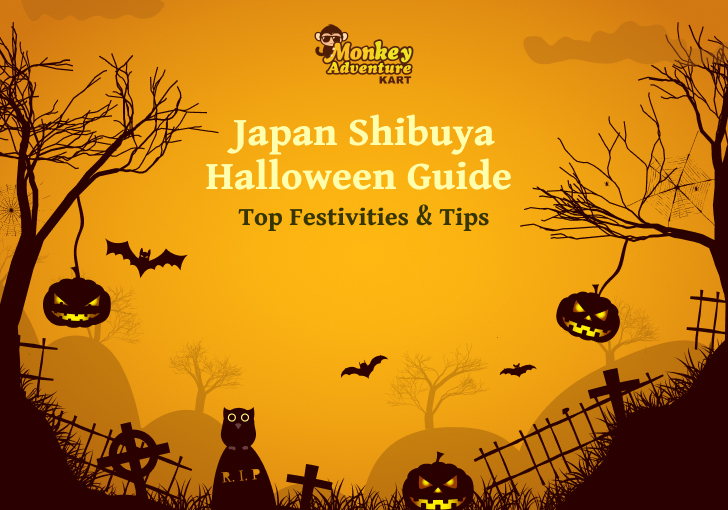
.jpg)
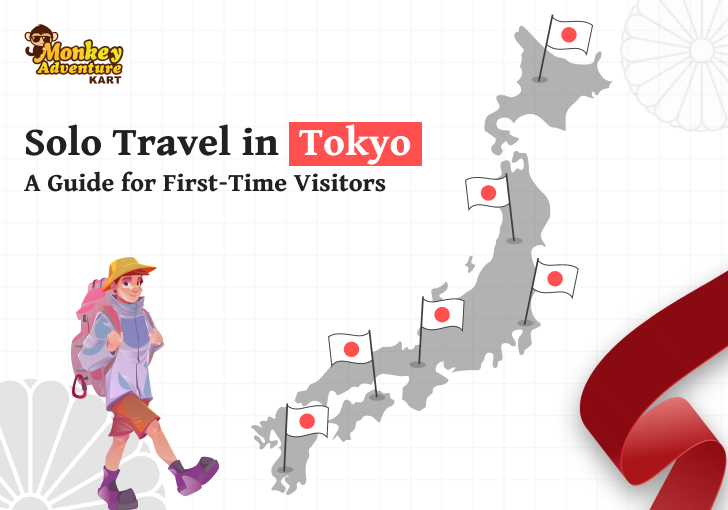
.jpg)

.jpg)
.jpg)


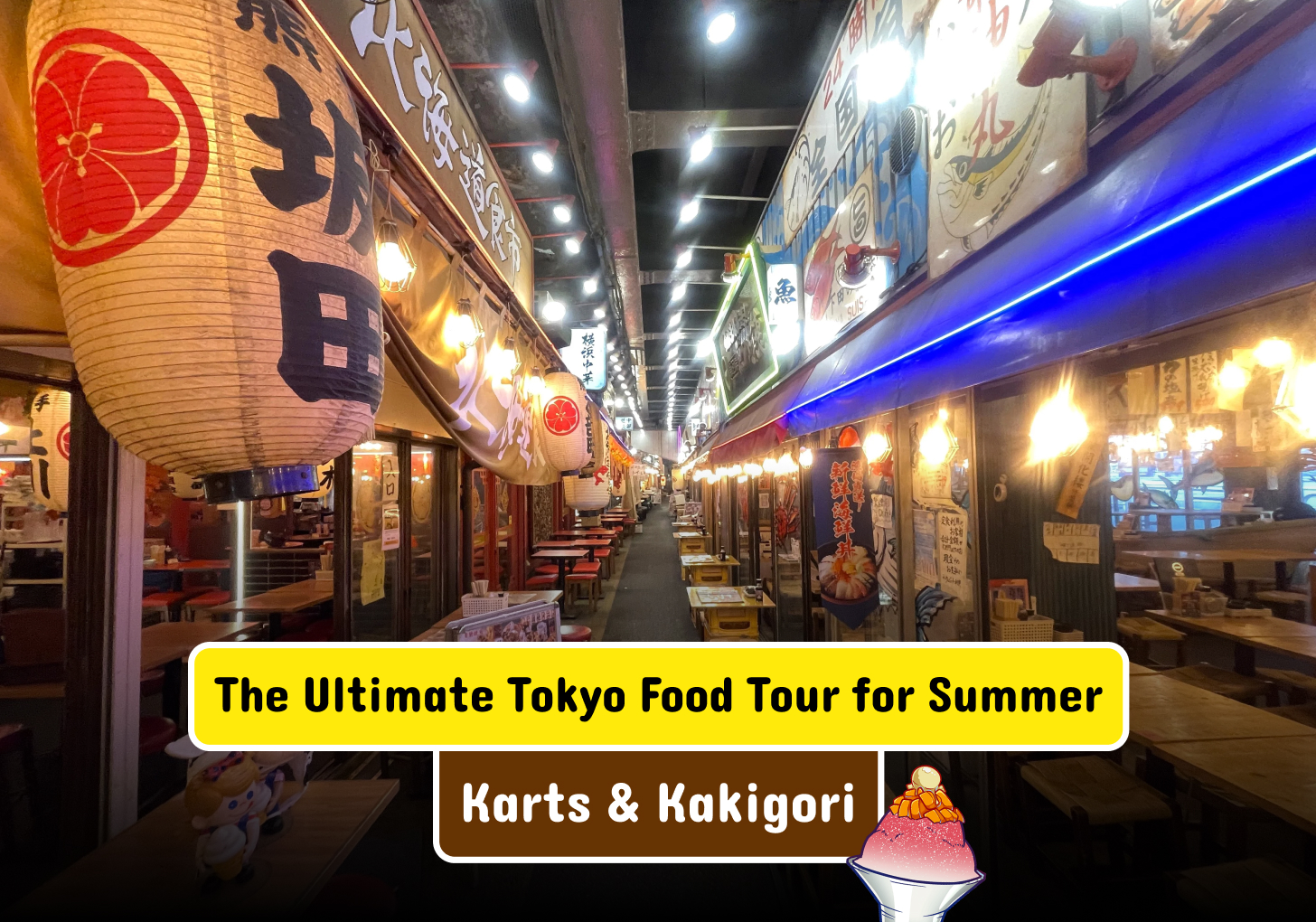
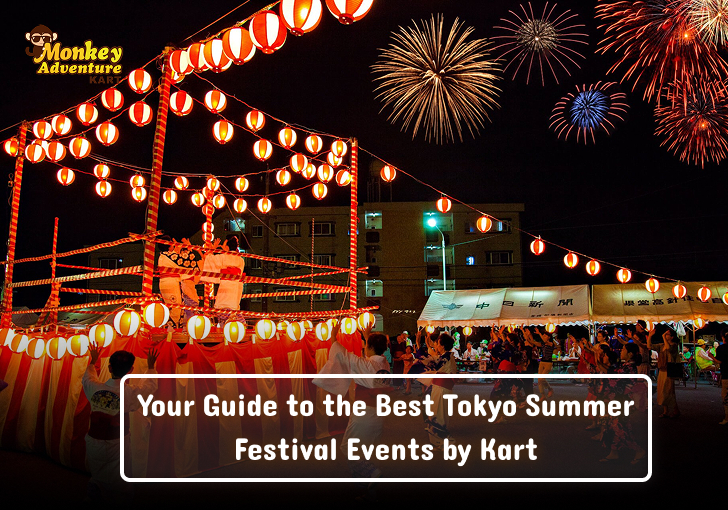
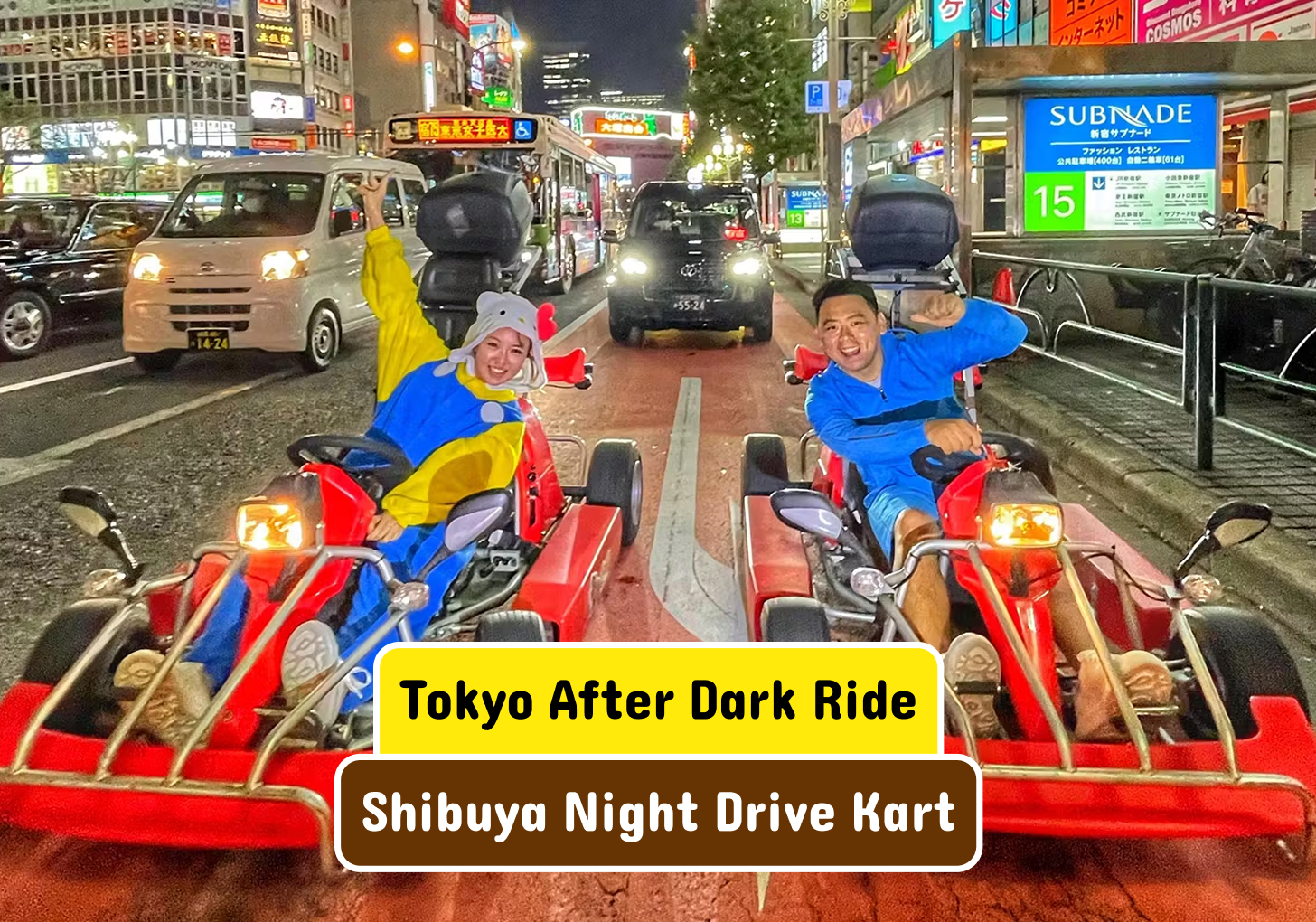
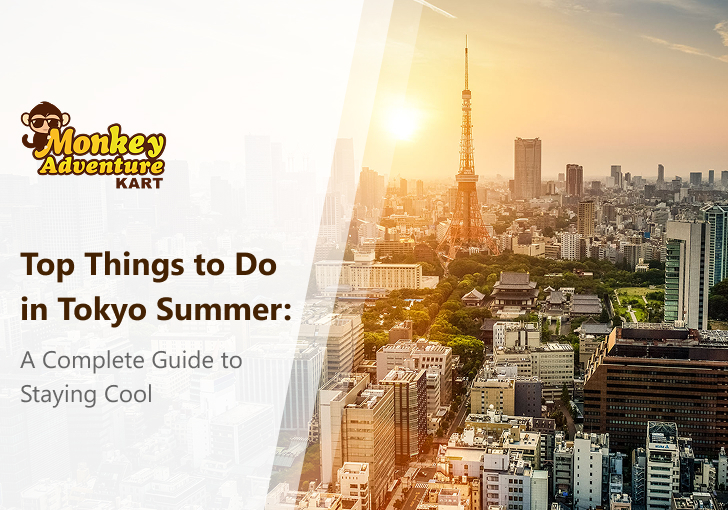

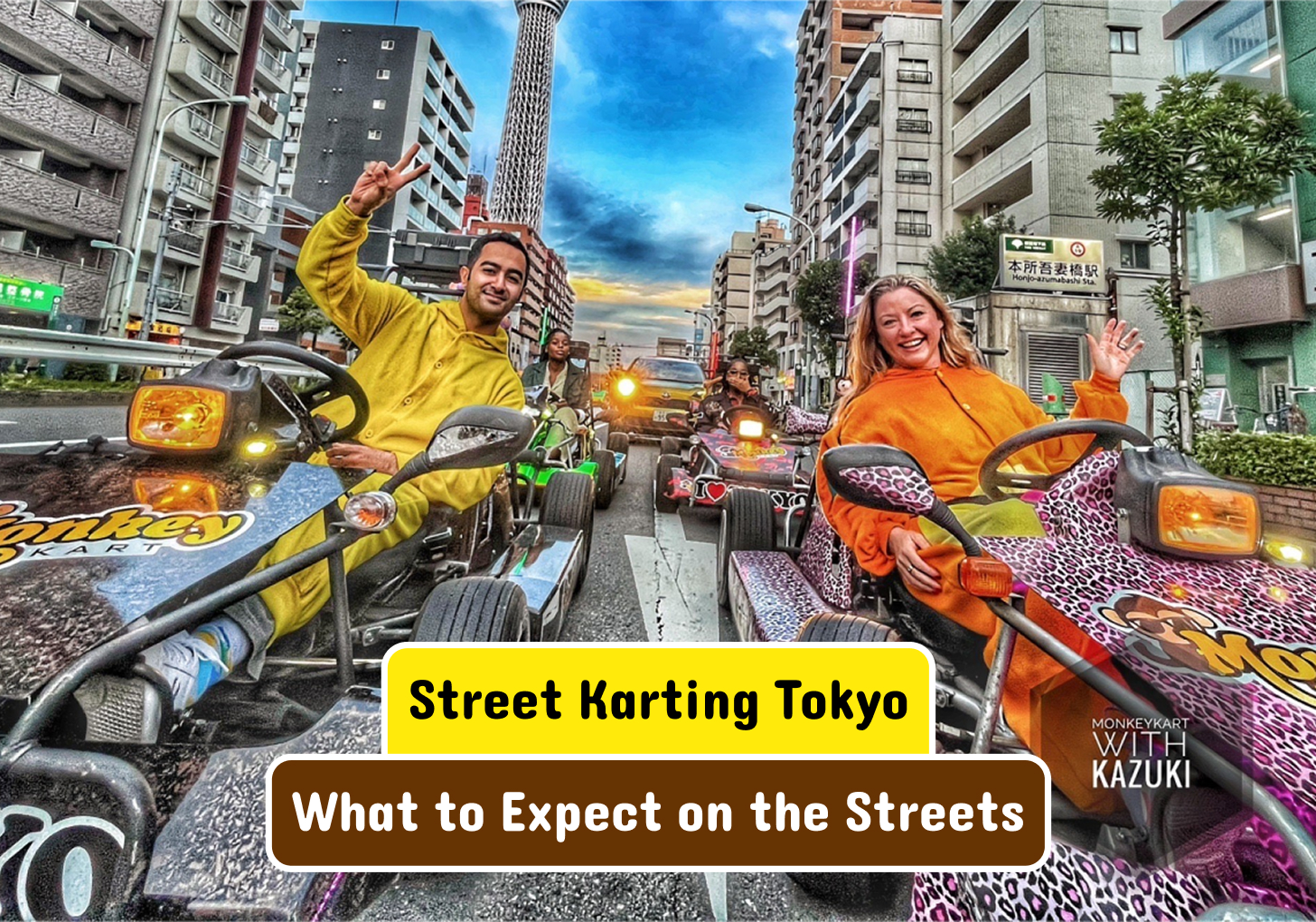
.jpg)
.jpg)
.jpg)
